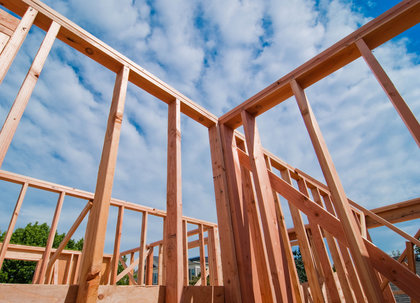Construction spending increased again in July, with residential construction leading the way.
Construction spending in July continued its strong 2013 comeback, with overall construction activity rising 0.6 percent from June and 5.2 percent from July 2012 to a seasonally adjusted annual rate of $900.8 billion, according to the latest numbers from the Census Bureau.
For the first seven months of this year, total construction spending has amounted to $493.9 billion, a 5.6 percent increase from the same period last year.
Two Sides of the Construction Spending Narrative
As additional information from the Census Bureau showed, private construction spending has been the principal driver of growth this year:
- Private construction spending was up 0.9 percent from June, while residential construction spending was up 0.6 percent and nonresidential spending was up by 1.3 percent.
- Meanwhile, public construction spending continued to lag behind, falling 0.3 percent from June to July; since peaking in March 2009, public spending has fallen by 17 percent.
Residential Construction Leading the Way
The news on residential construction spending is the most positive of all, a fact that Bill McBride of Calculated Risk further underscored in his analysis.
Though residential construction is still 51 percent below its early 2006 peak, it’s now up 46 percent from its post-bubble low in 2009, and year-over-year, is now up by 25 percent.
Residential construction is typically the largest category of construction spending, and though that had not been the case in the post-boom down years, residential has once again jumped to the top of the pack, which is a good sign for housing and the economy.
Also, McBride noted that we can expect additional spending on nonresidential construction projects to pick up near the end of the year. Nonresidential, he wrote, usually lags behind the rest of the economy, and considering that office, retail and hotel construction are still at historically low levels, there’s plenty of room for growth – a fact the most recent Architecture Billings Index certainly drove home.

